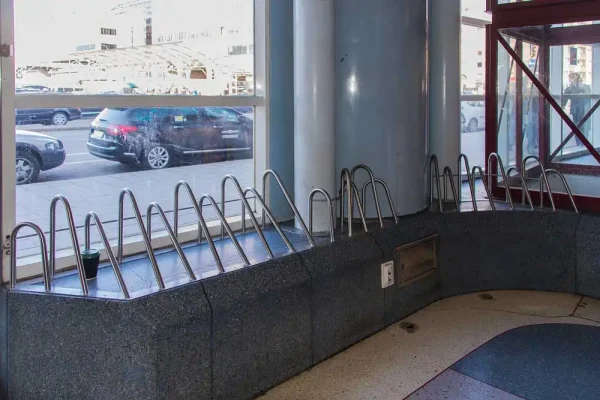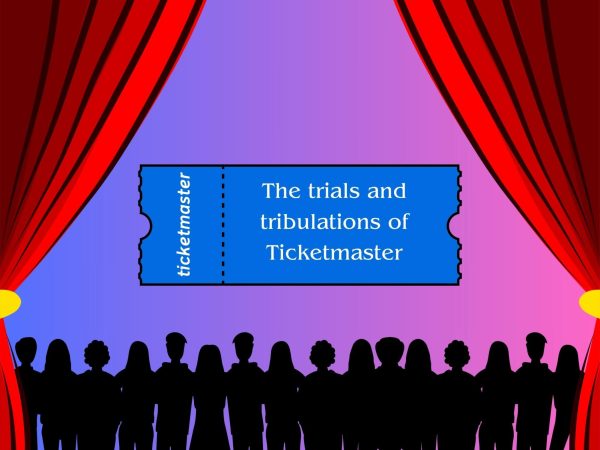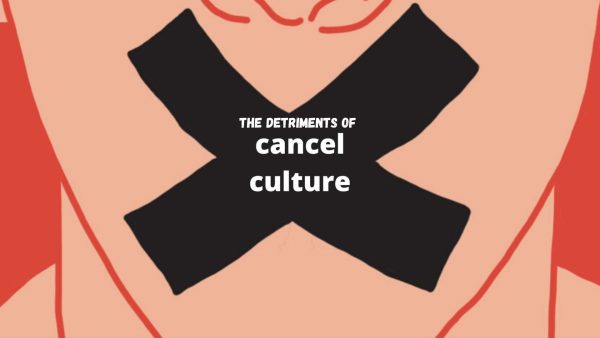Dual enrollment plan hinders NC students
February 10, 2020
Prospective high schoolers commonly look forward to the four years and the various freedoms that come with it. As they enter this new environment, they face different options for how they complete this form of higher education. One of the most popular options available to most students—dual enrollment. At least until the Georgia Senate passed a bill in January to change it.
With the program allowing students to enroll in college classes while still in high school; this opportunity manages to cut costs for students in the future, as they take these courses for free and can complete their education at a faster pace.
“Dual enrollment has helped me take classes needed to graduate at a faster pace than the recommended school schedules which has allowed me to explore in other academic areas and pick classes that I’m actually interested in learning. Also, it has helped me with my busy schedule, by allowing me to do online classes either during the school year or in the summer which creates more flexibility for me,” former NC Chant staff member and current dual-enrollment student Nia-Simone Sherwood said.
Ten early colleges, which aim to increase the high school and college success of low- income youth in Georgia also offer students the chance to earn an Associate’s degree or college credit towards a Bachelor’s Degree within their high school career. The new dual enrollment bill poses a risk to the ability of these students to fast track their path to college who require 60 credit hours.
In the past couple of years, the state budget for dual enrollment has increased from $49 million in 2016 to a proposed $108 million in 2020; but it seems like the program’s days will come to an end soon. House Bill 444, sponsored by Georgia representative Bert Reeves, would cut funding for the program which currently helps about 52,000 Georgia students. Complaints about the rising costs of the program serve as the reasoning behind cutting costs. However, the budget for the program stands as only 1% for the state. The budget in 2019 capped the number of available for students at 15 credit hours per semester: this means that for students who participate in dual enrollment full-time, they will need to return back to school to complete classes they could have taken on a college-level.
Critics claim that the plan would disproportionately target rural and low-income students. Data shows that male, black, Hispanic and low-income students were underrepresented in Dual Enrollment programs before 2016.
“The new dual enrollment plan will harm students in communities where graduation rates are not as high. The plan will literally restrict students who are seeking an alternative route and a route that is probably better for them than the regular school hours. At the end of the day, the school system is always trying to get some money and nothing can never really be free. Political figures…place a law that will hinder the number of kids that can take advantage of the opportunity,” Sherwood said.
The bill will impact students in the next school year if voted on by the House. As for NC students, the number of credit hours available to them will decrease and negatively influence their ability to take on college-level courses. The dual enrollment program in Georgia has helped students to take the initiative and work towards completing their school careers. While a limit on the number of credit hours will work towards reducing the costs of the state, Georgia should take steps to increase the budget and help students to complete school at their own pace.
For more information, refer to The Chant‘s previous looks at HB 444.
http://Dual enrollment plan hinders NC students

















